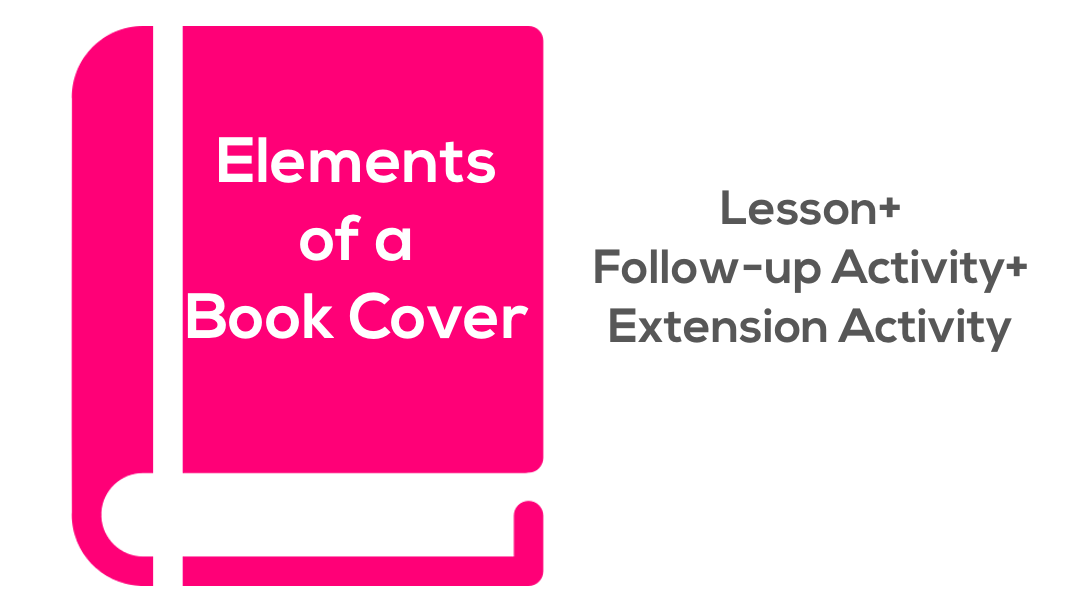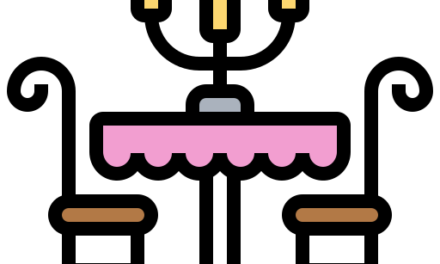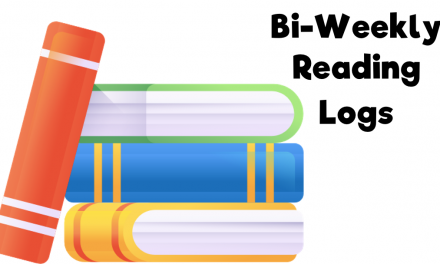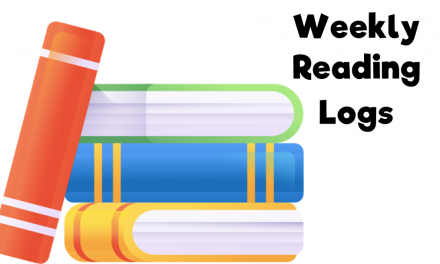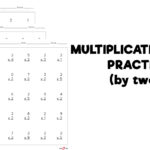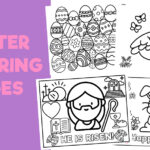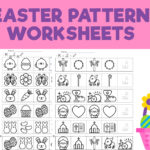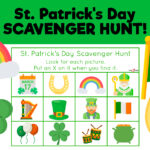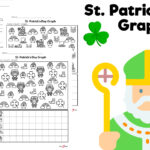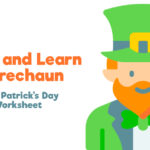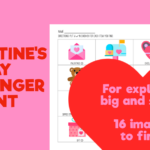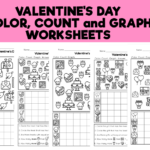Overview: A book's cover is the first encounter a student has with a particular story. The title and the corresponding illustration is designed to make an impression so that the reader wants to read the story. Giving the elements that make up a book's cover some special attention can teach students how important the title of a story is and how one really can judge a book by its cover. The following offers a lesson, follow-up activity, and an extension activity.
Objective(s): Students will be able to...
- Students will create a book cover that includes a related title and illustration for a short story read aloud.
Recommended Grade Level: First, Second, third
Time Allotment: 30-40 minutes
Materials:
- 1 Big book
- 2 short storybooks
- 1 copy (per student) of My Book Cover
Implementation:
The following worksheet is designed to be used with a book that the student has read or can read independently. Within the worksheet, students will be asked to think about the book's title and illustration and how they relate to the story. Use as part of a literacy center, literature box, or guided reading group.
Anticipatory Set:
As part of a small or large group, display a big book for demonstration purposes. Have a few more short stories of regular size for pair-and-share later in the lesson. Ask students to look at the front cover of the book. Tell students that the front cover is a window into the book because the information we gather from the front of the book tells us what the book is about. Also, the people that create books spend a lot of time and money to make sure the book's cover is really enticing so people will buy the book.
Guided Practice:
Draw students' attention to the book title and then to the illustration on the book's cover. Ask students how the two are related. Next, read the story. Ask students what the story was about. Does the title accurately tell what the story was about? Is the illustration appropriate? Is there a better title for the story? Finally, read a couple more short stories. For the first, cover the title and just show the picture on the front cover. Read the story and then have students think-pair-share what they think the title is. Uncover the title and allow them to see if they were correct. Discuss any differences. For the second title, cover the entire front cover. Read the story and then have students create their own cover for the story.
Independent Practice:
Provide a copy of the "My Book Cover" worksheet for each student so they can write a title and draw a picture for the story.
Closure:
Gather students together to share their book covers. Finally, reveal the book's cover. Discuss any differences. Prompt students to express how the elements of a book's cover should give a good indication as to what the story is about.
Assessment:
Students will be assessed according to their ability to:
- Create a book cover that includes a related title and illustration for a short story read aloud.
Extension:
The following worksheet offers in-depth questions about a book that the student has read or can read. This activity can be done as part of a literacy center, literature box, or guided reading group.

